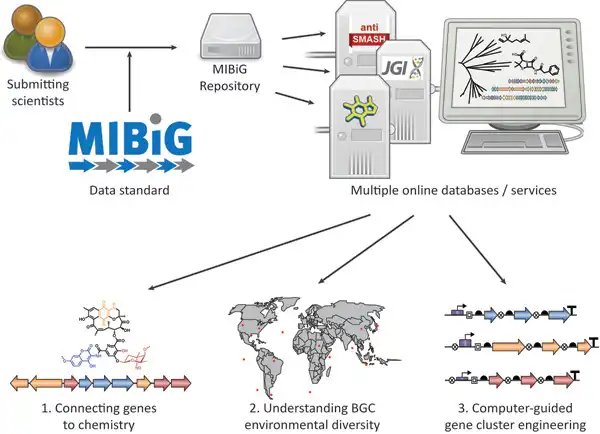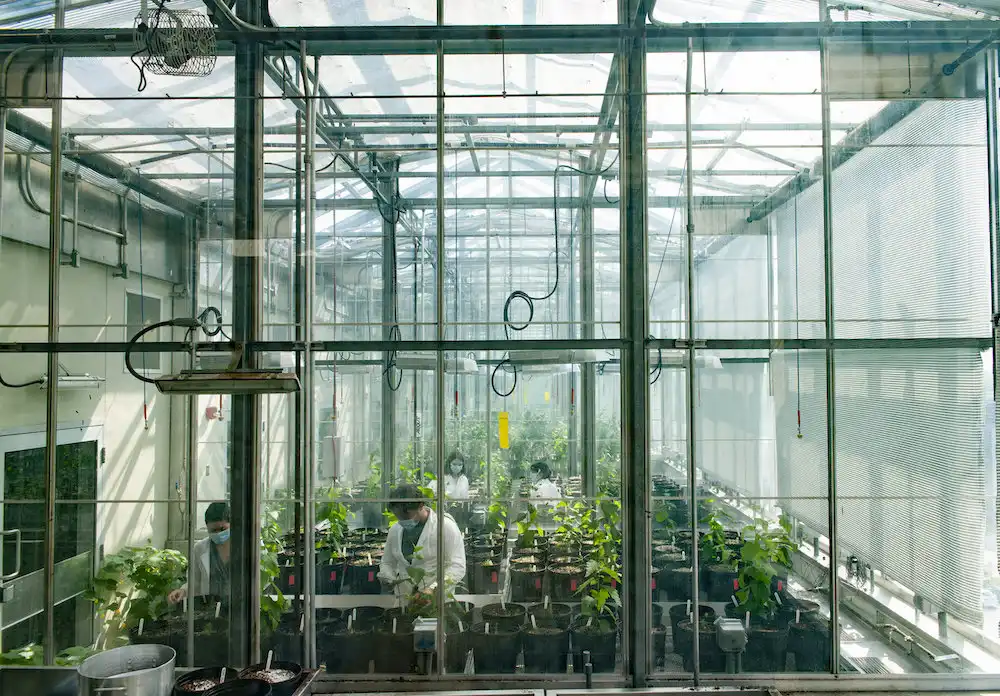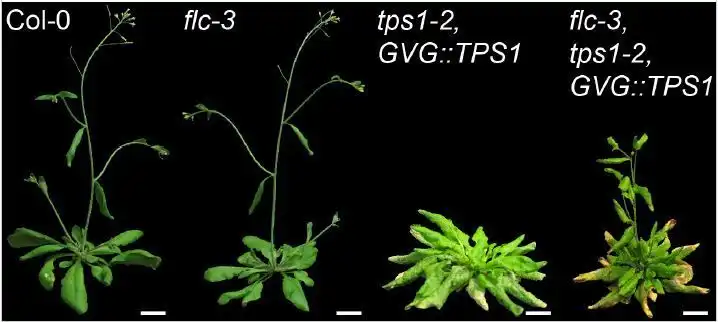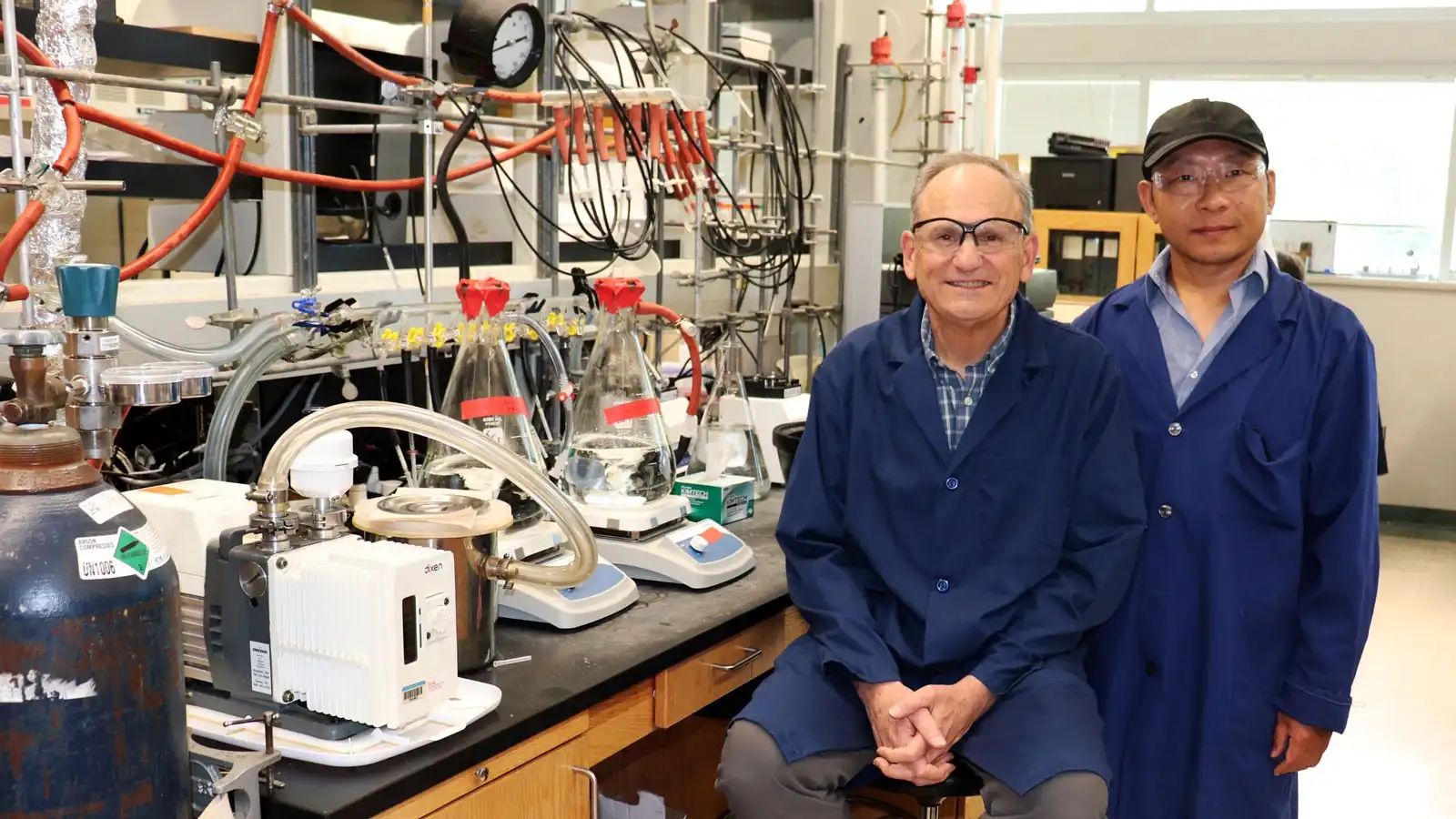
Raking dead grass (thatch) helps native plants grow by improving light access, according to a study. In three-year tests, raking increased plant diversity, reduced invasive grasses, and boosted wildflowers. While it also raised some invasive wildflowers, raking offers a low-cost,…
Read More











